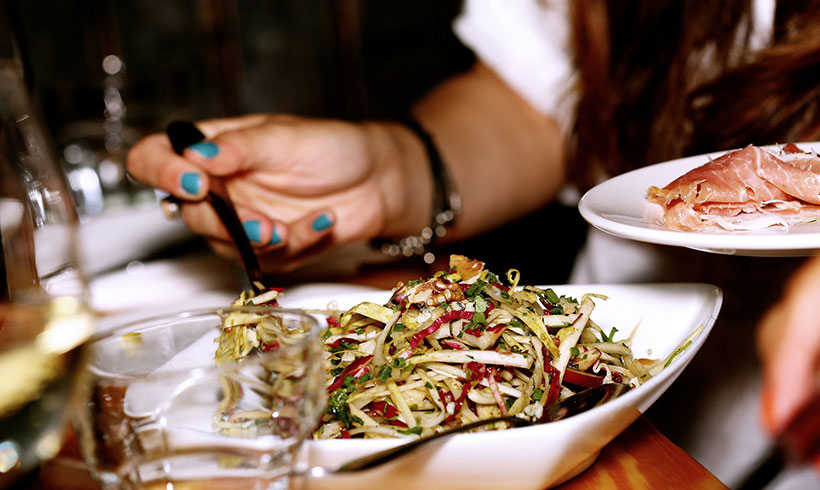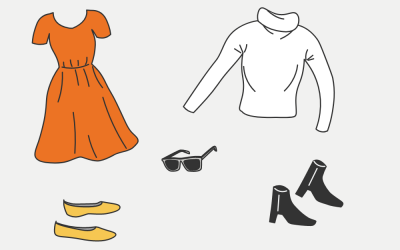Gaining a good understanding of different grammatical structures is essential for Chinese learners to improve their overall Chinese language skills. However, it’s certainly pretty hard to remember a large number of structures in a short time, therefore, it will be a good idea to start with some of the most commonly used structures so that you can practice them immediately with your Chinese friends in various situations. In this article, we would like to introduce five useful Chinese structures for you.
#1: 又 (yòu) + adj. +又 (yòu) + adj.

It is perfectly fine to say “The park is big and beautiful.” in English. However, the word “and”, which is “和 (hé)” cannot be used to connect two adjectives in Chinese as it is usually used when there are two nouns or phrases. Therefore, the structure “又 (yòu) + adj. +又 (yòu) + adj.” is what you need to connect two adjectives in a sentence.
Example:
- 这个公园又大又漂亮 zhè gè gōngyuán yòu dà yòu piàoliàng = This park is big and beautiful
#2: 又 (yòu) + verb + object + 了 (le)

“又(yòu)” is also used in a very useful structure “又 (yòu) + verb + object + 了 (le)”, which means “did something again”. What you need to pay attention to here is that there is a completely different structure for “will do something again”, which is “再 (zài) + verb”.
Example:
- 我昨天又吃中国菜了 Wǒ zuótiān yòu chī zhōngguócài le = I had Chinese food again yesterday
- 我想明年再去中国 Wǒ xiǎng míngnián zài qù Zhōngguó = I want to go to China again next year
#3: 不 (bù) + adj. + 也 (yě) +不 (bù) + adj.

This structure is similar to the English set phrase “neither….nor…..”, and the two adjectives that are involved in this structure are often antonyms. It is used to describe something which is considered mediocre in terms of different aspects.
Example:
- 这个房间不大也不小 Zhège fángjiān bù dà yě bù xiǎo = This room is neither big nor small
#4: verb + 好 (hǎo) + 了(le)

If you think “好(hǎo)” only means good, then I’m afraid there are still so many new things for you to explore in terms of Chinese learning. The use of “好(hǎo)” is pretty complex and it can have different meanings depending on the context. For instance, “好(hǎo)” indicates “to finish” in this particular structure, which means “finished doing something”. It’s important for you to bear in mind that the object goes between “好(hǎo)” and “了(le)” if there is one. Therefore, a more complete structure looks like verb + 好(hǎo) + object + 了(le).
Example:
- 我吃好晚饭了 Wǒ chīhǎo wǎnfàn le = I have finished my dinner
#5: 准备 (zhǔnbèi) + verb

The word “准备 (zhǔn bèi)” on its own means “to prepare”. For example, “准备(zhǔn bèi) 考试(kǎo shì)” means “to prepare for an exam”. However, this structure, in which “准备(zhǔn bèi)” is used with a verb, means “plan to do something”.
Example:
- 星期六我 准备踢足球 Xīngqíliù wǒ zhǔnbèi tī zúqiú = I plan to play football on Saturday









0 Comments